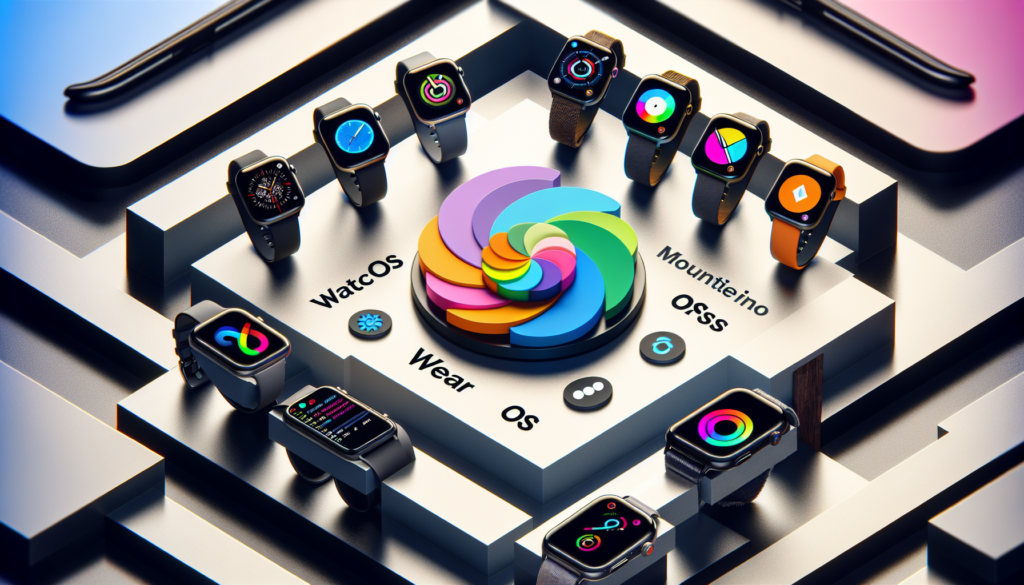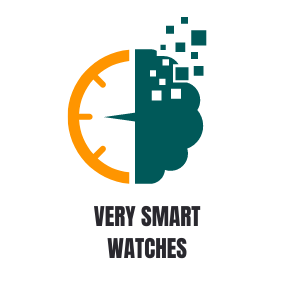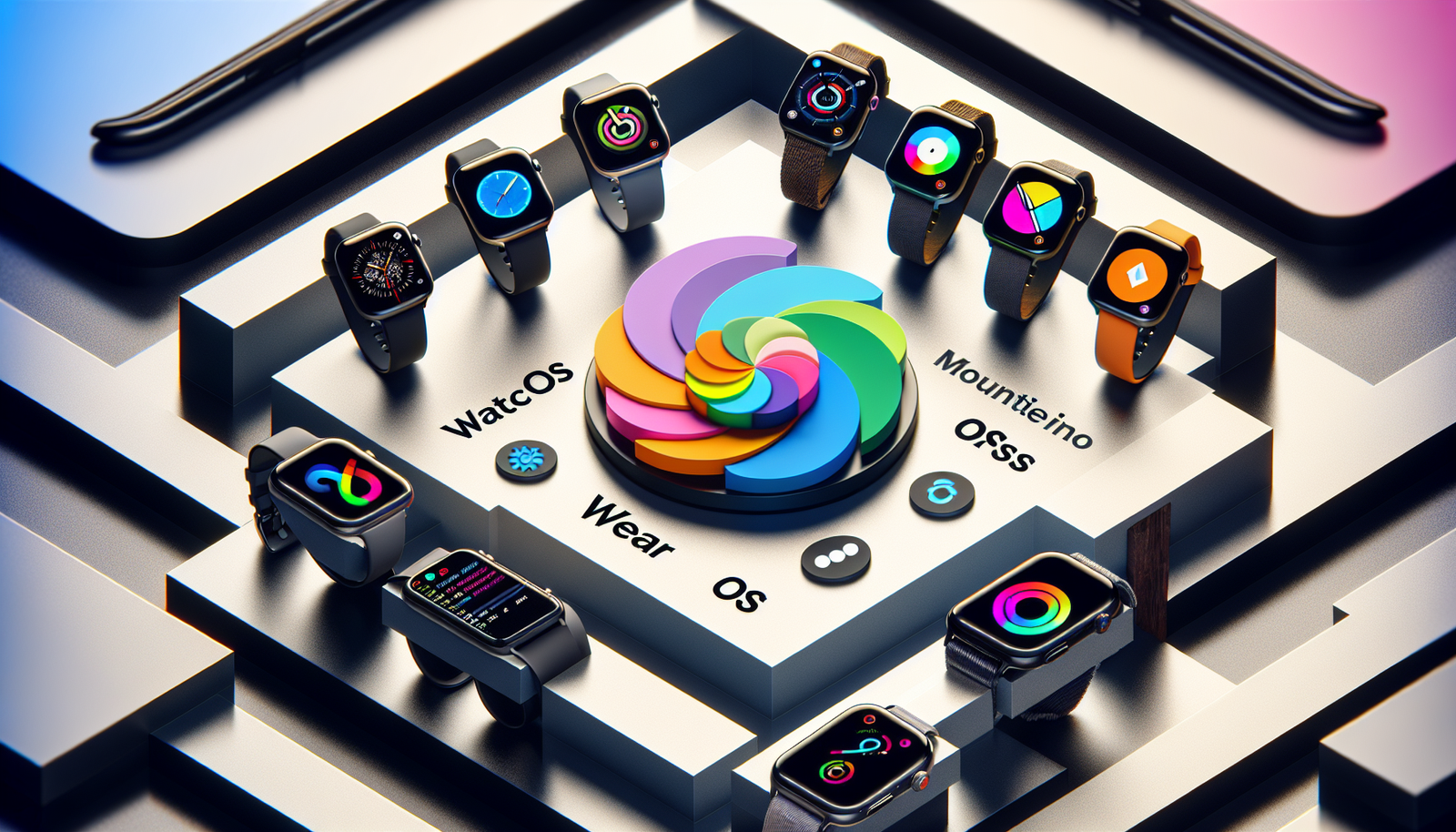Smartwatches have become an increasingly popular accessory, offering convenience and functionality right on your wrist. But have you ever wondered about the operating systems that power these devices? In this article, we will take a deep dive into the world of smartwatch operating systems. From the well-known choices like Apple’s watchOS and Google’s Wear OS, to the lesser-known contenders like Samsung’s Tizen and Fitbit’s OS, we will explore the features, strengths, and weaknesses of each OS. So whether you’re a tech enthusiast looking to stay ahead of the trends or a potential buyer seeking guidance, this article will provide all the information you need to navigate the world of smartwatch operating systems.
Smartwatch Operating Systems
Smartwatches have become an essential part of our daily lives, serving as more than just a time-telling device. These innovative gadgets offer a wide range of features that are designed to make our lives easier and more convenient. One crucial aspect that determines the functionality and capabilities of a smartwatch is its operating system. In this article, we will explore the world of smartwatch operating systems, delving into their features, benefits, and the options available to you.

What is an Operating System?
Before we dive into specific smartwatch operating systems, let’s first understand what an operating system is. In simple terms, an operating system is the software that manages and controls the hardware and software resources of a computing device. It acts as an intermediary between the user and the device, providing a user-friendly interface and enabling the execution of various applications.
Popular Smartwatch Operating Systems
There are several operating systems available for smartwatches, each with its unique features and functionalities. Let’s take a closer look at some of the most popular ones:
1. Apple watchOS
The Apple watchOS is specifically designed for Apple’s highly popular smartwatch, the Apple Watch. Known for its sleek design and seamless integration with other Apple devices, watchOS offers a seamless user experience. It provides access to a wide range of applications, health tracking features, and the iconic Siri voice assistant. The watchOS also enables users to make phone calls, send messages, and even stream music directly from their wrist, making it a comprehensive operating system for Apple enthusiasts.
2. Wear OS by Google
Formerly known as Android Wear, Wear OS is Google’s operating system for smartwatches. With its extensive app ecosystem and customizable watch faces, Wear OS offers a highly personalized user experience. It provides integration with popular Google services such as Google Assistant, Google Maps, and Google Pay. Additionally, Wear OS supports both Android and iOS devices, making it compatible with a wide range of smartphones.
3. Samsung Tizen
Tizen is the operating system developed by Samsung for its Galaxy Watch series. With its intuitive user interface and smooth performance, Tizen provides a seamless experience for Samsung smartwatch users. It offers a wide range of features, including fitness tracking, sleep monitoring, and voice commands through the Bixby assistant. Tizen also boasts a long battery life, ensuring that your smartwatch stays powered throughout the day.
4. Fitbit OS
Fitbit OS is the operating system designed for Fitbit smartwatches, known for their focus on health and fitness tracking. Fitbit OS provides a range of health-related features, including heart rate monitoring, sleep tracking, and personalized workout guidance. With its user-friendly interface and easy-to-navigate menus, Fitbit OS is an excellent choice for individuals looking to prioritize their health and fitness goals.
Factors to Consider When Choosing an Operating System
When selecting a smartwatch operating system, there are several factors to consider to ensure that it meets your specific needs and preferences. Here are a few essential considerations:
1. Compatibility
First and foremost, it is crucial to ensure that the operating system you choose is compatible with your smartphone. Some operating systems may only work with specific phone models or operating systems, so be sure to check compatibility before making a purchase.
2. App Ecosystem
The availability and variety of applications are also significant factors to consider. If you rely on specific applications for your daily tasks or hobbies, ensure that the operating system supports these apps. Additionally, a diverse app ecosystem can provide more options for customization and personalization.
3. User Interface and Navigation
The user interface and navigation of an operating system play a significant role in the overall user experience. Look for an operating system that offers an intuitive and easy-to-navigate interface, allowing you to access features and applications effortlessly.
4. Battery Life and Performance
Battery life is a crucial consideration, especially if you plan to use your smartwatch extensively throughout the day. Some operating systems are optimized for energy efficiency, ensuring that your smartwatch lasts longer between charges. Additionally, the overall performance and responsiveness of the operating system can greatly impact your user experience.
Conclusion
Smartwatch operating systems play a crucial role in determining the functionality and capabilities of these innovative devices. Whether you’re an Apple enthusiast, a Google aficionado, a Samsung loyalist, or a fitness enthusiast, there are operating systems tailored to meet your needs. Consider the factors mentioned above and explore the various options available to make an informed decision that aligns with your personal preferences and requirements. With the right operating system, your smartwatch will become a powerful tool that enhances your daily life and keeps you connected and informed at all times. So go ahead, dive into the world of smartwatch operating systems, and find the perfect one for you!


